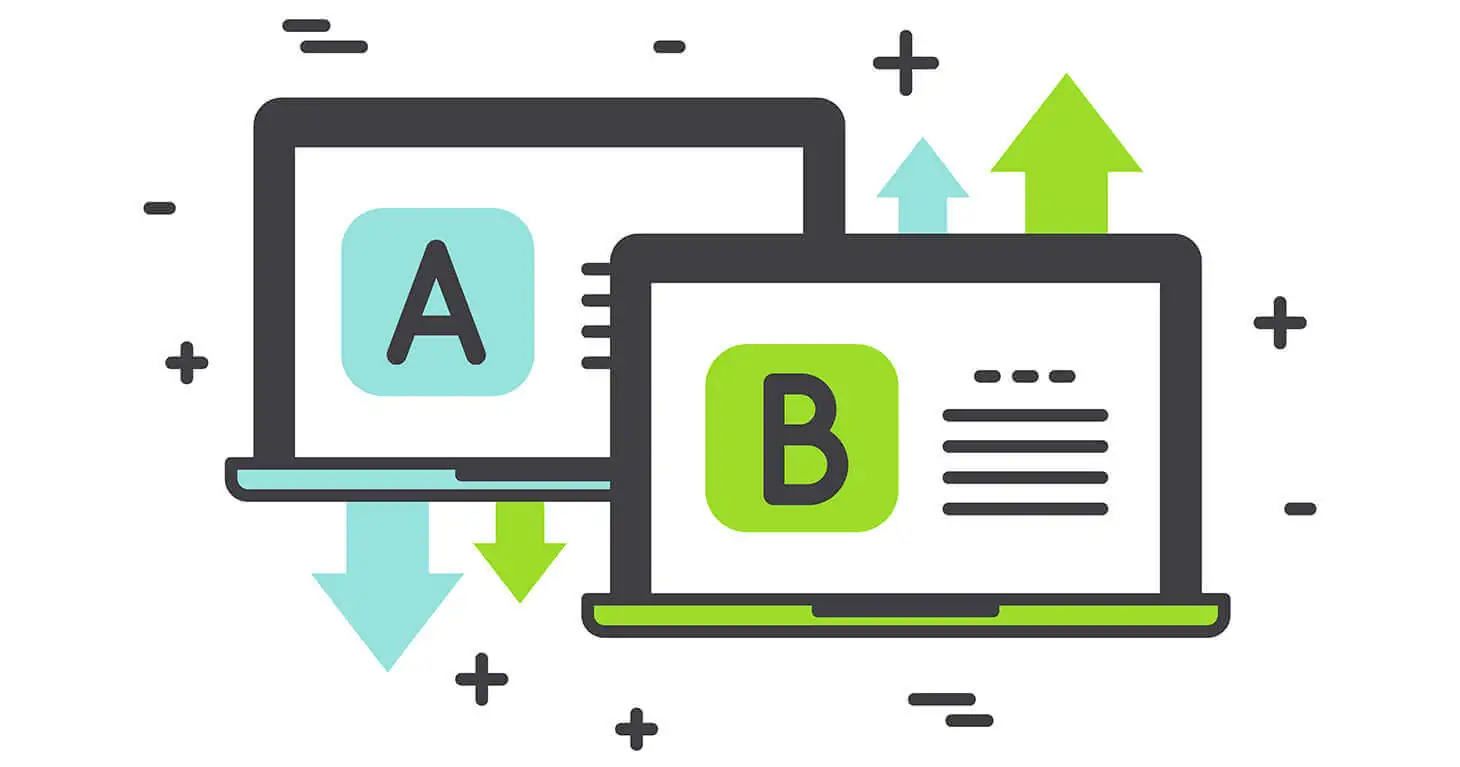
How to approach A/B testing for maximum results
- Shutta Copy Desk
- March 9, 2023
- Marketing Science
A/B testing is a method of comparing two versions of a web page, email, app, or other digital product to determine which version performs better. The goal of A/B testing is to optimize the user experience and improve key metrics such as conversion rates, click-through rates, and bounce rates.
To approach A/B testing for maximum results, businesses should follow these steps:
- Identify the objective: Clearly define the goal of the A/B test and the metric that will be used to measure success. For example, the goal may be to increase the conversion rate on a landing page.
- Develop a hypothesis: Develop a hypothesis about what changes to the original version of the web page will lead to an improvement in the metric of interest.
- Create the variations: Create two versions of the web page, one that is the original version and one that is the variation. The variation should include the changes identified in the hypothesis.
- Choose the right sample: Choose a sample of users that represents the population of users who will be visiting the web page.
- Monitor the test: Monitor the test to ensure that it is running correctly and that there are no issues with the data.
- Analyze the data: Analyze the data from the test to determine which version of the web page performed better.
- Make a decision: Based on the results of the A/B test, decide whether to implement the changes from the variation or keep the original version.
- Repeat: Continuously repeat the process to optimize the user experience and improve key metrics.
It’s important to mention that, A/B testing is a continuous process, you need to continuously test and optimize your website, landing pages, emails, and other digital products in order to improve the user experience and drive better results.
How long should an A/B test run for or how much data is required to make any decisions on the version that performs best?
The duration of an A/B test and the amount of data required to make a decision on the best performing version can vary depending on a few factors such as the complexity of the test, the size of the sample, and the level of traffic to the website.
A general rule of thumb is to run A/B tests for at least two weeks to ensure that you have a representative sample of data and to account for any fluctuations in traffic. If the sample size is large enough, you can make a decision on the best performing version with as little as a week of testing.
However, the more data you have, the more confident you can be in the results of your test. Therefore, it’s recommended to run your test for a minimum of two weeks and to collect as much data as possible. This will help ensure that you are making an informed decision based on a statistically significant sample.
When collecting data, it’s important to track not only conversion rates but also other metrics such as clicks, bounce rates, and user engagement. These metrics will provide a more comprehensive picture of the performance of each version and can help you identify any unintended consequences of your changes.
It’s important to note that, using statistical tools such as a statistical significance calculator can help you determine when you have a statistically significant sample size and can stop your test.
Isn’t it a waste of money to run A/B tests if one of the variations doesn’t deliver results?
A/B testing can seem like an unnecessary expense at first glance, but it’s actually a cost-effective way to optimize the user experience and improve key metrics such as conversion rates. A/B testing allows businesses to make data-driven decisions about changes to their website, landing pages, email campaigns, and other digital products. This means that instead of guessing at what changes will lead to an improvement in performance, businesses can test changes to the user experience and make decisions based on real data.
Additionally, A/B testing can help businesses avoid costly redesigns or redesigns that don’t actually improve the user experience. By testing changes on a smaller scale, businesses can identify which changes will lead to the biggest improvements in performance before committing to a full redesign.
Finally, A/B testing can also help businesses identify areas of their website, landing pages, and campaigns that are underperforming. This allows businesses to focus their resources on the areas that will have the greatest impact on performance, rather than spreading their resources thin.
In summary, A/B testing is a cost-effective way to optimize the user experience and improve key metrics. It allows businesses to make data-driven decisions about changes to their digital products and avoid costly redesigns. Furthermore, A/B testing helps to identify areas of the website and campaigns that are underperforming, so businesses can focus their resources on the most important areas.
Related Posts

- Shutta Copy Desk
- March 9, 2023
Improve your creative content strategy with these ideation tips
A creative content strategy is a plan for developing and distributing high-quality, engaging co ..

